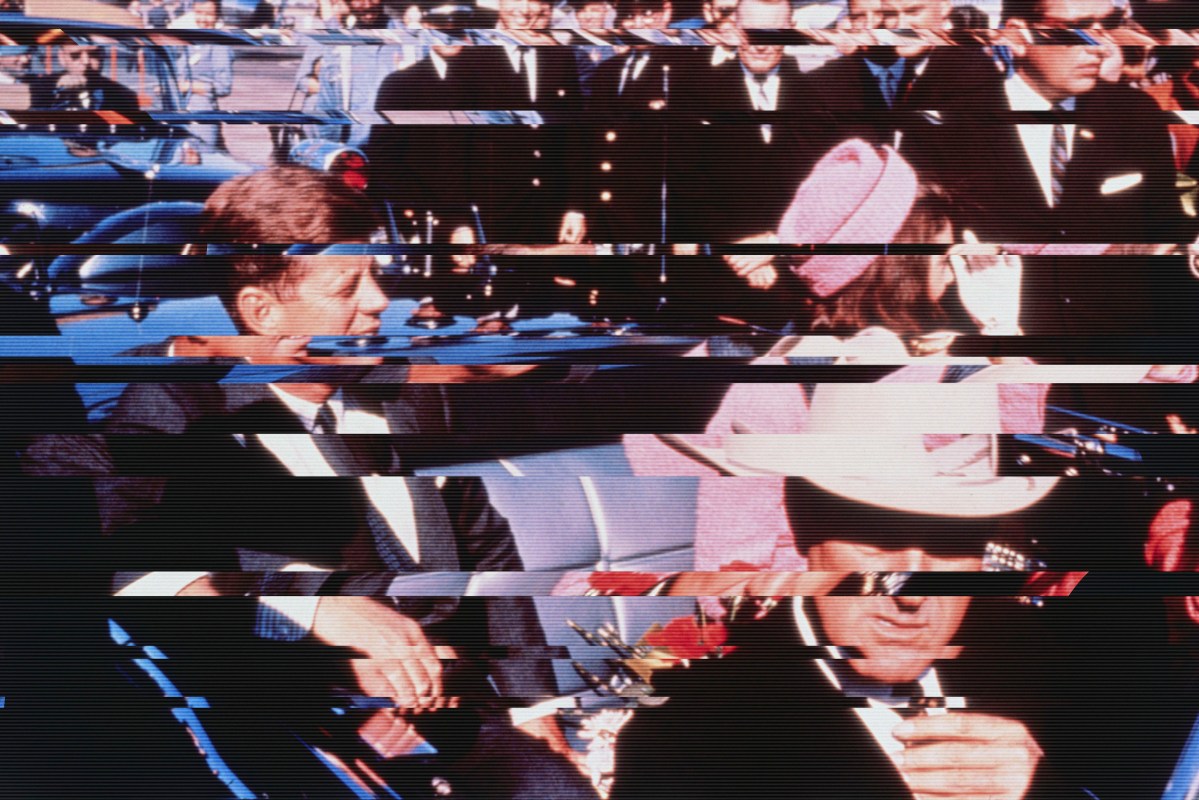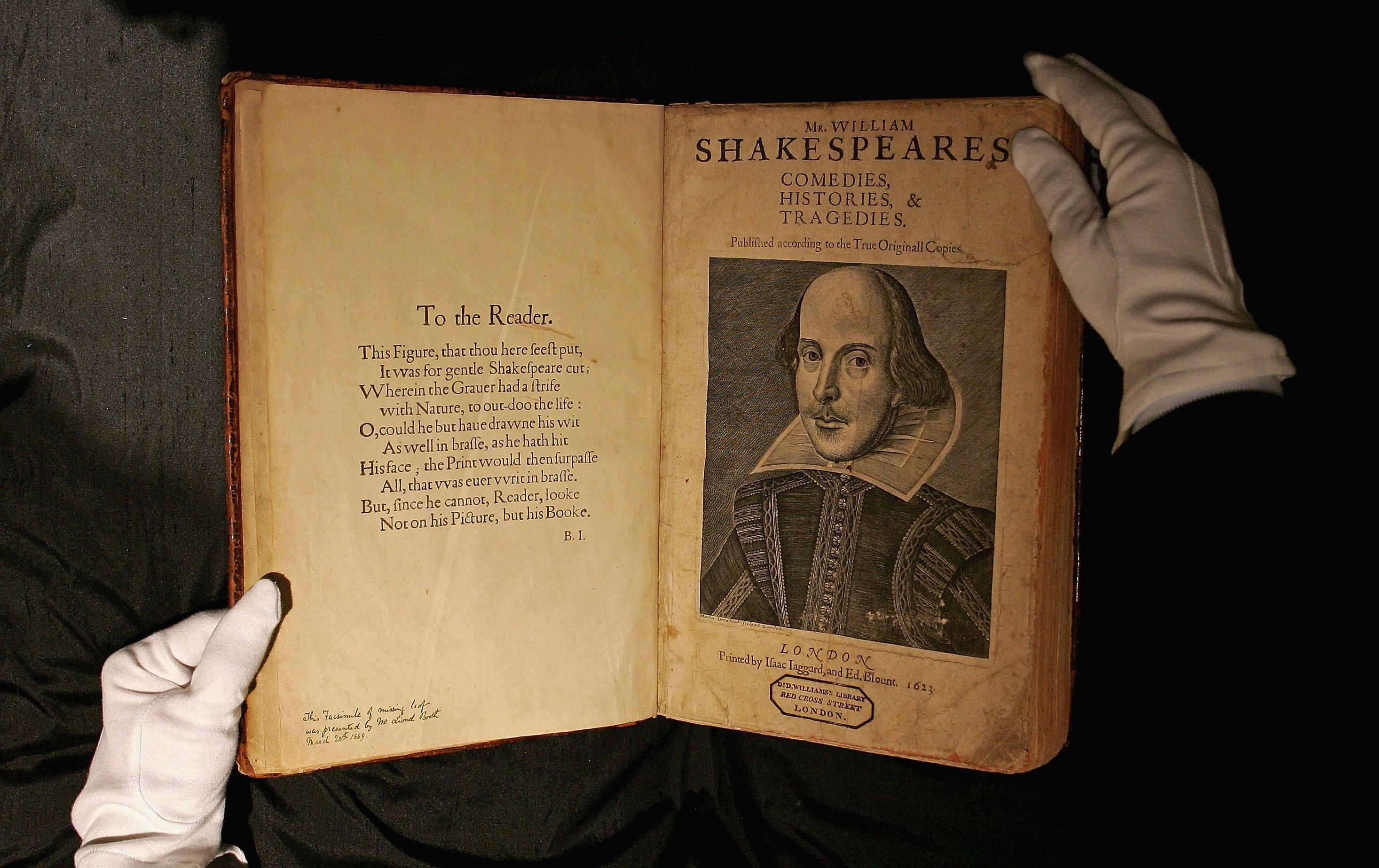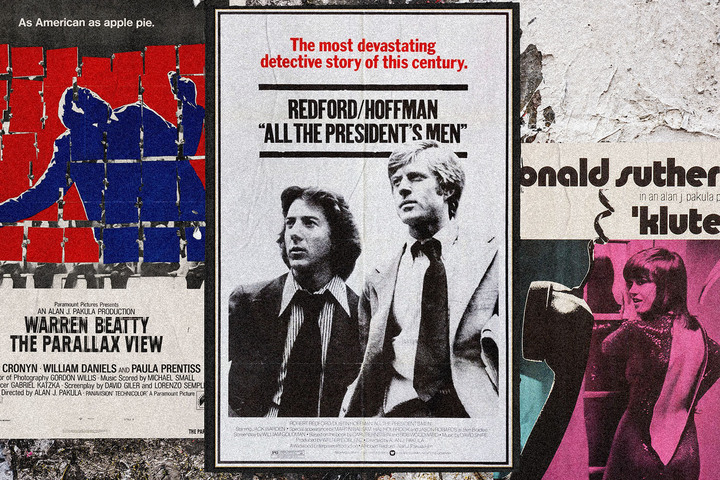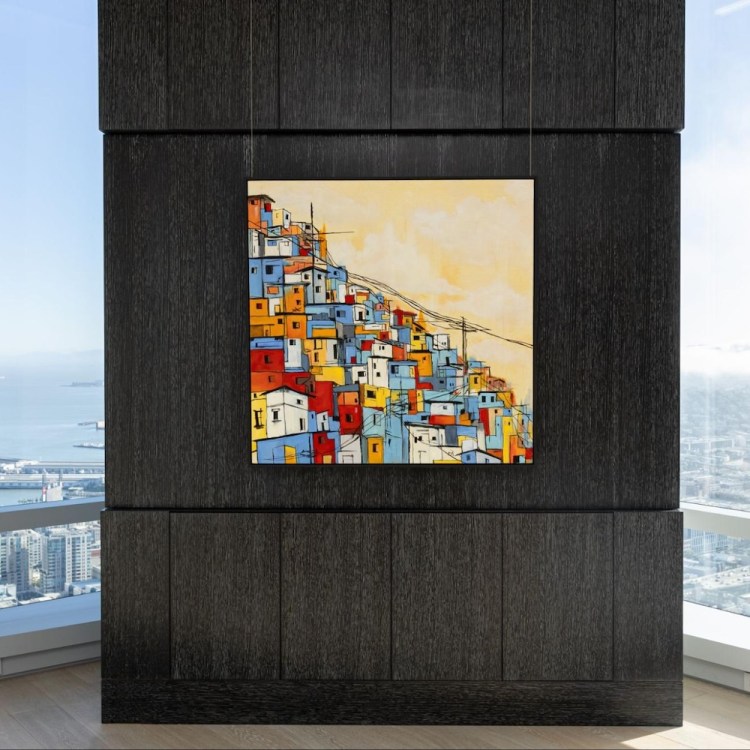Day one of the JFK Assassination Conference feels like an AA meeting. Speakers get up to unburden themselves, focusing on the one topic that has eaten into so much of their lives, caused so much handwringing and, for some, interminable pain, and there seems to be catharsis in being together, all striving for the same level of transcendence and release — the higher purpose of unmitigated truth and honesty. I’m here to meet Judyth Vary Baker, a woman who claims to have dated Lee Harvey Oswald during the summer of 1963 while he was living in New Orleans, just a few months before he supposedly shot President John F. Kennedy. Ms. Baker claims that she and Oswald were working for the government, that she was tasked with bioweapons research designed to kill Fidel Castro, and that Oswald, ultimately, should be treated as a hero. According to her, he did not shoot JFK. According to her, Oswald was trying to save the president’s life.
From the outset, the conference gets off to a rocky start — there is a problem with Ms. Baker’s laptop or email, and we can’t begin the virtual sessions that need to be beamed into the Homewood Suites’ 20-seat theater in downtown Dallas. The conference is supposed to start at 10 a.m., but it is not until almost 1 p.m. that the issues are resolved. I’m told the conference has, in the past, been held at bigger venues with more people, and that at least 60 people are streaming in on the first day. But COVID-19 has provided an interesting hurdle, at least in terms of physical attendance, and no more than five to 12 attendees are in the theater room at any given time. A few people wear masks, but as the four-day conference drags on, mask wearing becomes almost non-existent in the windowless room.
Ms. Baker is a very short woman with long, reddish hair and an overturned mouth. She is absolutely frantic with energy. When she gets up from her chair she seems to always be falling forward slightly, as if she is ready to fix something with her hands. I’m first introduced to her as she walks around the theater to “scan” people with a blue-light wand that she says is UV light. A self-described “expert in virology,” she scans a few attendees head to toe, and when she gets to me, she says the wand will kill COVID-19. After asking me to raise my feet and scanning my shoes, she asks me to remove my mask so she can scan it as well — I politely decline.
The first two days are jam-packed with virtual speakers, everything from an independent book publisher in Oregon who specializes in JKF conspiracy titles to academics who have studied the JFK assassination for decades. The process itself is disorienting and overwhelming. Slated for 10 hours each day, the conference is only broken up by individual lunch and dinner hours, as well as five-minute breaks between speakers. For someone who knows little about the intricacies of The Umbrella Man or the Magic Bullet Theory, it is kind of like walking into a graduate physics seminar mid-degree — you can come and go when you want, but you’re definitely going to miss something.
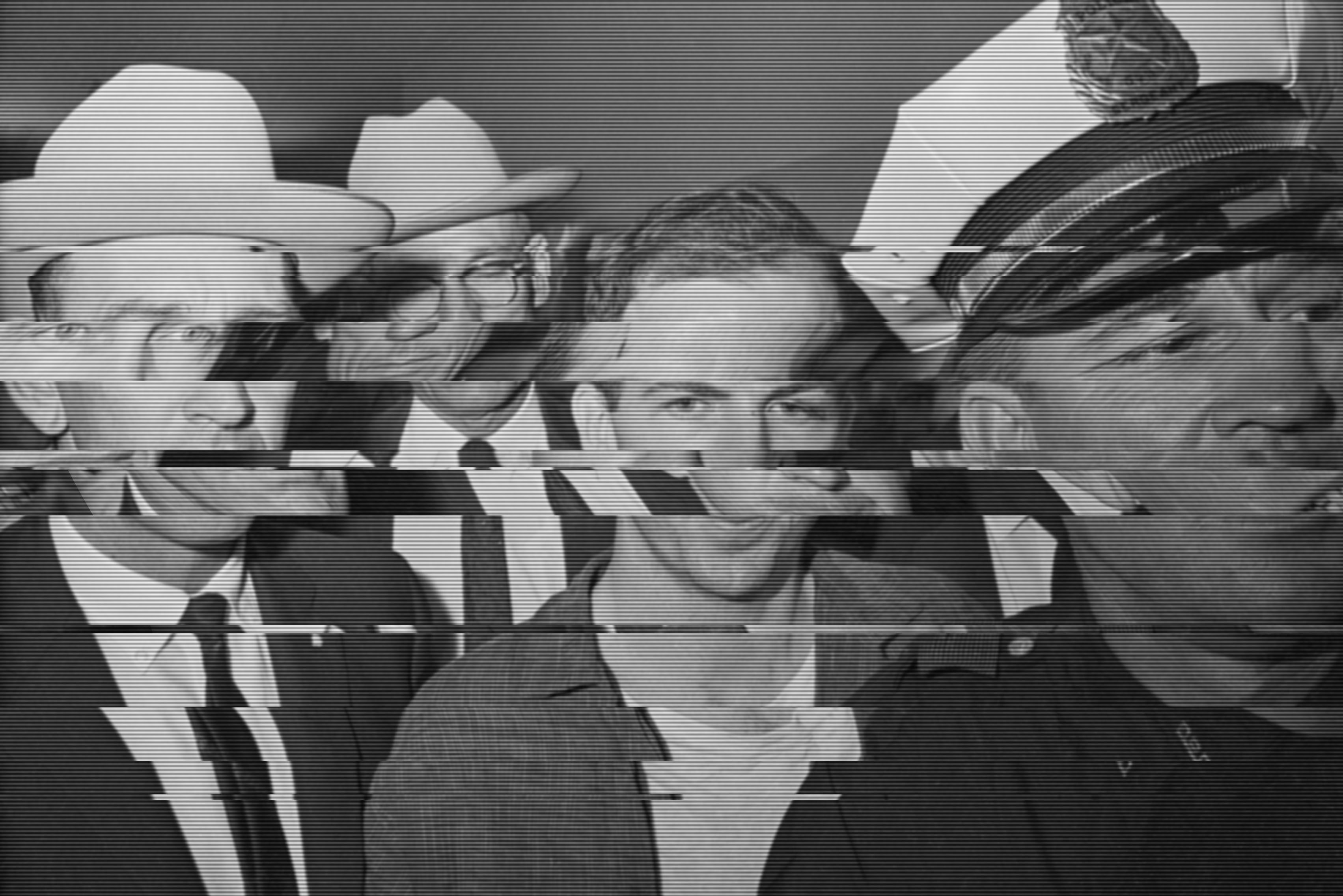
Still, I begin to pick up on some of the concepts — the CIA was out for revenge after Kennedy sought to limit their power; the military, furious about Kennedy’s desire to pull out of Vietnam, was eager to install Lyndon B. Johnson — and after listening to these arguments for a while, my main objection is not that these people are demonstrably wrong, but that I want them to be wrong. We are treated to a workshop on the conspiracy surrounding JFK Jr.’s 1999 plane crash (a bomb was allegedly strapped to the plane, possibly by the Clintons), as well as the links between the JFK Assassination and 9/11. And while I can see the connections being made, it begins to feel like everything is a conspiracy, that if I spent my days pouring over the shadows in every photograph or the mathematics involved in blowing things apart, I would begin to see a larger plan at work, something definitely worth a lifetime of anxiety. I may be naive, but I want to believe what I see on TV. I want to believe what the authorities tell me because it is easier than questioning everything when each day, at times, seems hard enough to get through. But the people here place a heavy emphasis on “doing the research” and one’s ability to “see for yourself,” and I cannot argue with that. The world that most of us want does not exist, so why should this one be any different?
One of the attendees, Quinn, is 40 years old and has traveled from Baltimore. He’s the only person of color physically present, and when I tell him I’m having trouble with all the names and dates and theories being offered, he says I need to let it wash over me and not think too much about it, which is incredibly difficult, because all I want to do is think about it as hard as possible. When I ask him where his belief in the Kennedy conspiracy began, he looks off into the lobby of the hotel for a moment and says it started with “religion” and the disinformation we’ve been fed in schools, particularly applied to “whitewashing.”
“People have motives and an agenda,” Quinn says, and a lot of it is intent on taking “power away from people.” He goes on to show me the gold sphinx-head necklace hanging underneath his Astra anime jacket, and he explains that his path to the JFK conspiracy stems back to people in the Bible being portrayed as white, how even the idea that people of color are “minorities” is a tactic, the term itself intended to express a sense of “lesser than.” According to his thinking, if people of color have been endlessly oppressed and deprived of power, why wouldn’t the American government do the same to a sitting president that threatened the power of career military and CIA officials? I didn’t expect this line of reasoning, but I can certainly see its draw: when the Kennedy Assassination is positioned next to the horrors of human history and suffering, it seems incredibly reasonable, perhaps even frankly apparent. It’s not until I ask Quinn, “So what isn’t a conspiracy?” that he loses me. He nods his head and says he sees what I’m getting at, but there isn’t a firm answer, and he explains how 9/11, the Oklahoma City Bombing and the 2017 Vegas Shooting might all be conspiracies, the necessary tools for enriching wars, the elimination of federal evidence or the restriction of citizen gun rights. I see what he’s driving at, but when all things that can be conspiracies are conspiracies, it seems to eliminate, to a large degree, that people can, individually, cause great destruction and sorrow on their own.
These people call themselves “researchers.” They have dedicated great quantities of their time and resources to studying the JFK case, and they are not your everyday hobbyists. Some of them are even minor celebrities, like Robert Groden, who discussed his knowledge of the Zapruder Film with the House Select Committee on Assassinations in 1978. Others, like Robert Morrow, are convinced of one specific theory and want everyone to know it. As I’m leaving the conference on day two, Mr. Morrow approaches me wearing an N95 mask that looks like it’s been to hell and back. He wants to reinforce that LBJ did it — all of it. When I wake up on the third day, I have four text messages from him. The first three are links to his blog, which lay out the case for why LBJ should be held personally responsible, and the last states: “Lyndon Johnson was nuttier than a shithouse rat and he was acutely aware the Kennedys’ were out to destroy him in the fall of 1963 … LBJ blew JFK’s brains out in Dallas and then used has [sic] pal FBI Chief J. Edgar Hoover to cover it up.”
As a group, these are interesting people, even enjoyable in many ways. They are openminded, direct, and nothing if not polite. Above all else, they profess the desire to expose abuses of power against the American people — and who doesn’t want that? But it’s also hard to tell where justified passion ends and paranoia or propaganda begin, or who the true believers are versus those working the system. It seems that everyone at this conference has a book to sell, or a DVD, and while the repeated incantation of “do the research” is what you want a freshman composition class chanting by the end of the semester, the idea itself just so happens to coincide with ample opportunity to buy books for that exact purpose, many of which profess new ideas, evidence or theories for a case that is nearly 60 years old. When confronted with this, many admit that money is a motivator, while others are dedicated to the truth for truth’s sake.
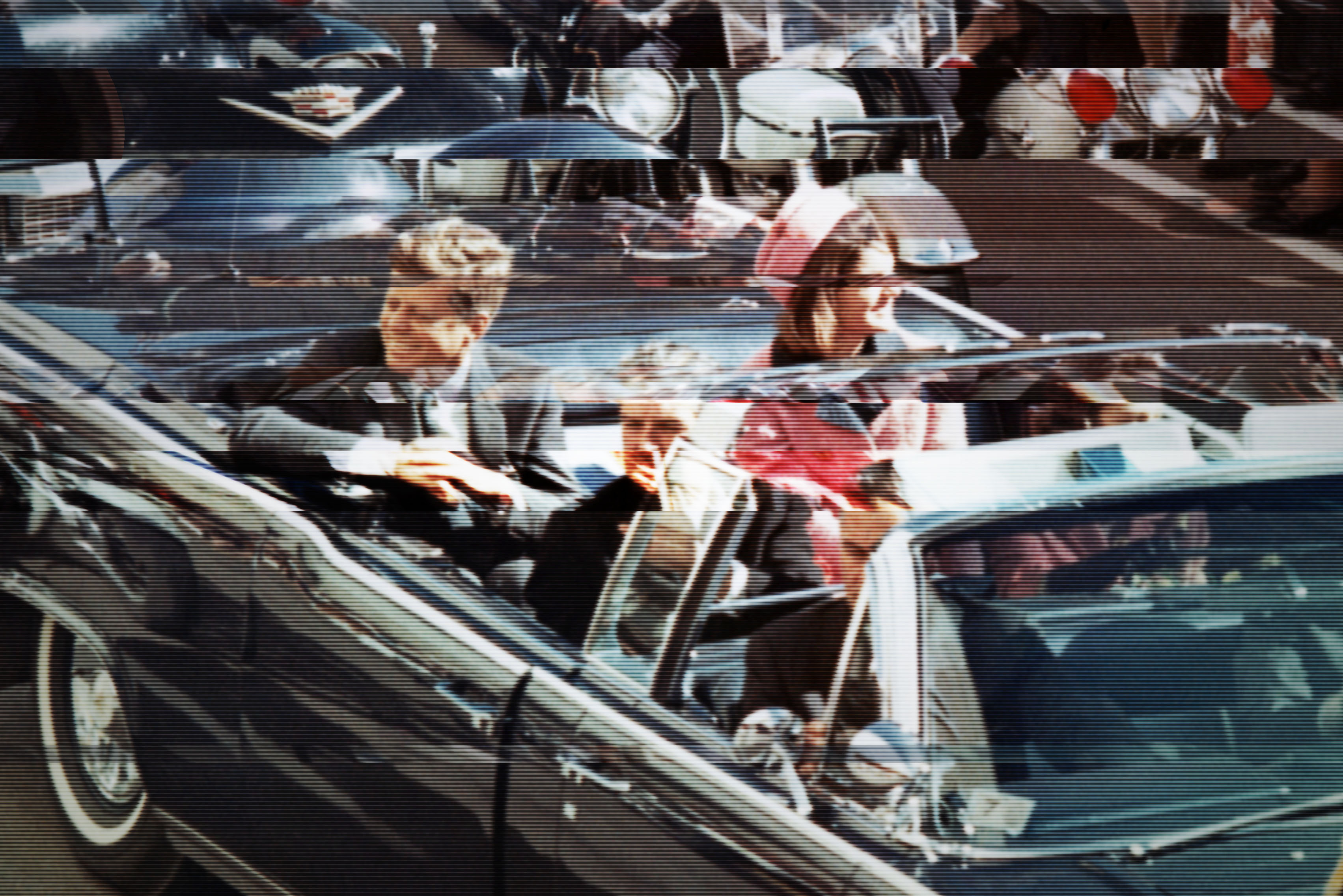
Ms. Baker, as it turns out, is a hard one to pin down. She has lived in Sweden for the past 15 years to avoid what she says are threats against her life, and yet we are at relative ease sitting in the lobby of the Homewood Suites. She has been accused of “being in it for the money,” decried as “a fake and a fraud and a lair,” and she has even had problems with other JFK conferences (there are multiple in Dallas) allowing her to attend, but she also tears up when speaking of Oswald and seems genuinely dismayed that a proper statue of Kennedy has not been placed in Dealey Plaza, where he was shot. What’s most fascinating about Ms. Baker is that her connection to Oswald lies within the cloaked conspiracy itself, which is not fully provable yet. If she was working with Oswald on secret government plans, the relationship itself was meant to be washed from the slate, and therefore her ability to provide overwhelming evidence is hampered by the trade secrets of clandestine work.
But Ms. Baker thinks the truth about Oswald will finally come out, officially and eventually. “Back then,” she says, “we couldn’t defend him. Now we can because nobody trusts the government anymore. That’s why we have a chance to get the truth out. People finally realize the government was capable of doing this.”
On the last day, we all walk from the hotel to Dealey Plaza in order to commemorate the moment JFK was shot — and the moment Oswald did not shoot him, according to those at the conference. Mr. Morrow is already out there, arriving early with a blue and white sign that reads “LBJ Did It.” He also has a second sign sponsoring a book, The Clintons’ War on Women, which he co-wrote with Roger Stone. (Morrow later disputed this over text message, asserting that his sign read, “The Man Who Killed Kennedy: The Case Against LBJ,” a book also written by Roger Stone. It seems that even today, this location is filled with eyewitness disputes and questions of fact.) There are a few tables set up with people pointing to xeroxed photo boards of Zapruder Film stills and photographs of JFK’s head blown open. These people are also selling books. One of them is James Files, a man that claims to have been the Grassy Knoll shooter. In prison for 25 years, he claims to have worked for the government, conducting assassinations around the world, most of which he says he cannot talk about. I ask a few of the conference attendees whether they believe this claim, and it appears that Mr. Files has fallen outside the realm of plausibility even to the conspiracy crowd.
Around 12:30 p.m., a group of conference attendees and casual JFK tourists has gathered on the Plaza, and a moment of silence is held: 57 seconds for the 57 years that Kennedy has been deceased, that Oswald has been foisted with blame. An older man in a uniform begins to play the trumpet. I’m fully expecting a cannon to break the silence, but that may simply be my impression of this place, the historical reinforcement of sound plastered in my head. As the ceremony ends, flowers are passed out, and people in the crowd begin walking them to the two yellow Xs painted on the road, something the City of Dallas has either endorsed or condoned, the definition of Dark Tourism. People lay the flowers down on the second X, the one farthest down Elm Street where an assassin’s bullet took Kennedy’s life. As I look back up the Grassy Knoll, I can see Ms. Baker standing there, talking to people, getting her picture taken; I can see James Files speaking to someone, pointing off to the picket fence where he says he took the final shot that killed Kennedy and unintentionally, or intentionally, framed Oswald. It is a surreal sight, the woman who loved Oswald and the one who framed him only feet away from each other. Is it true? Could history have led them both here, almost standing within arm’s reach 57 years after the fact? According to those at the conference, weirder things have probably happened.
This article was featured in the InsideHook newsletter. Sign up now.
